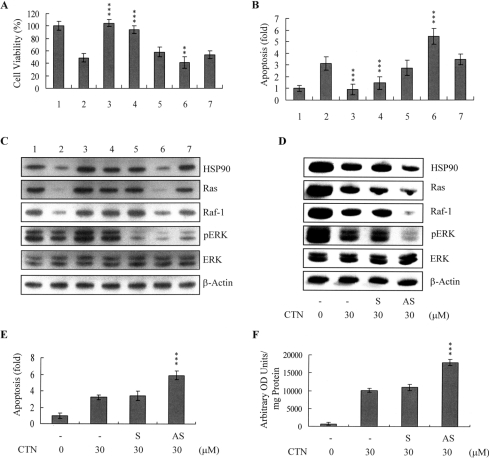Figure 6. HSP90 overexpression antagonizes CTN-induced ERK-1/2 activity and apoptosis in ESC-B5 cells.
Parental or HSP90-transfected ESC-B5 cells were exposed to 30 μM CTN for 24 h and/or 10 μM U0126 for 24 h. Lane 1, untreated parental cells; lane 2, untreated parental cells exposed to CTN; lane 3, untreated HSP90-transfected cells; lane 4, HSP90-transfected cells exposed to CTN; lane 5, parental cells treated with U0126; lane 6, parental cells treated with U0126 and CTN; lane 7, HSP90-transfected cells treated with U0126 and CTN. Cell viability was determined with the MTT assay (A), and apoptosis was evaluated using the Cell Death Detection ELISA kit (B). The expression levels of HSP90, p-ERK-1/2, ERK-1/2, Ras and Raf-1 were analysed by immunoblotting (C). (D–F) Cells were incubated with 70 μM HSP90 sense (S) or antisense (AS) oligonucleotides in the presence of Lipofectamine™ for 72 h and then incubated with CTN (30 μM) for another 24 h. The expression levels of HSP90, p-ERK-1/2, ERK-1/2, Ras and Raf-1 were measured (D), and cell apoptosis (E) and ROS generation (by DCFH-DA) (F) were analysed. Results are means±S.D. of five determinations. **P<0.01, ***P<0.001 compared with the ‘CTN-only’ treatment group. OD units, absorbance units.

